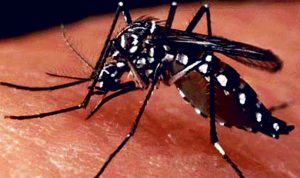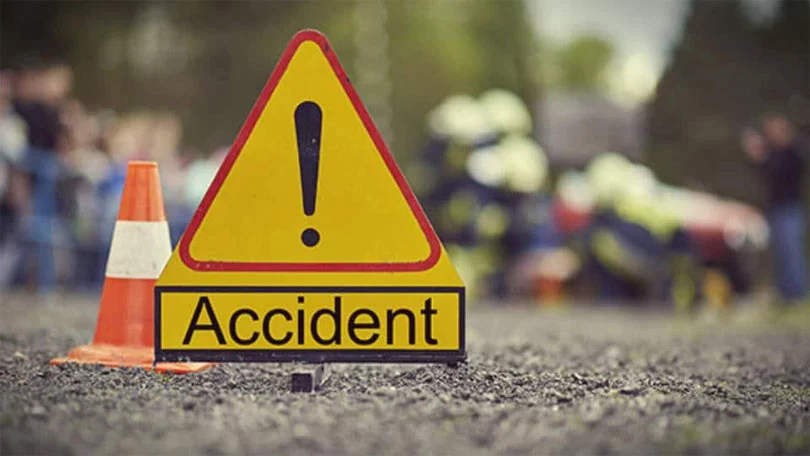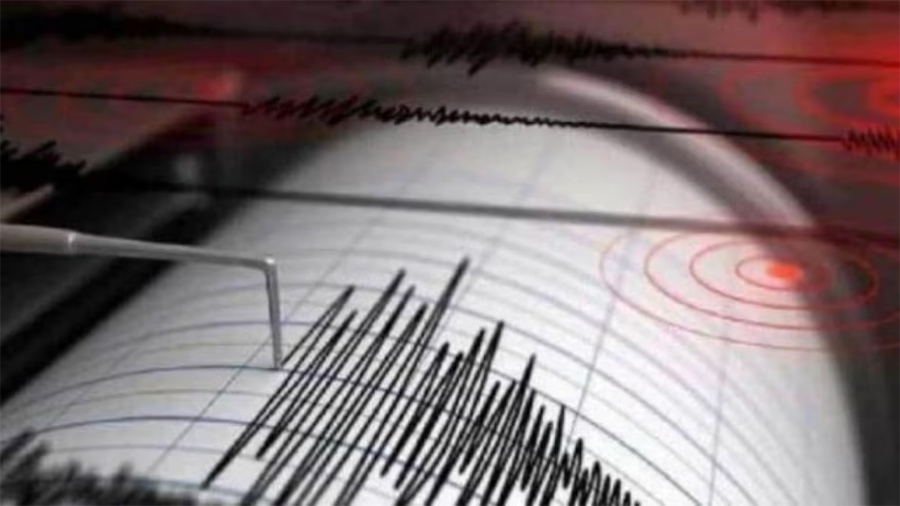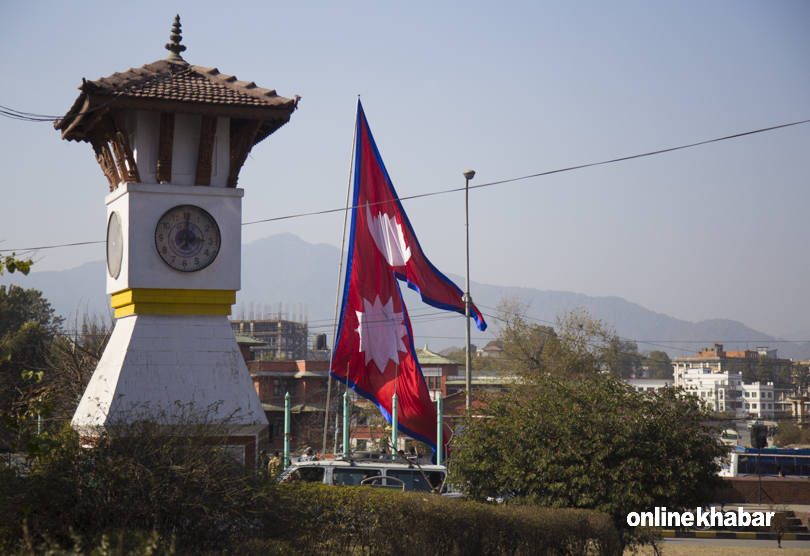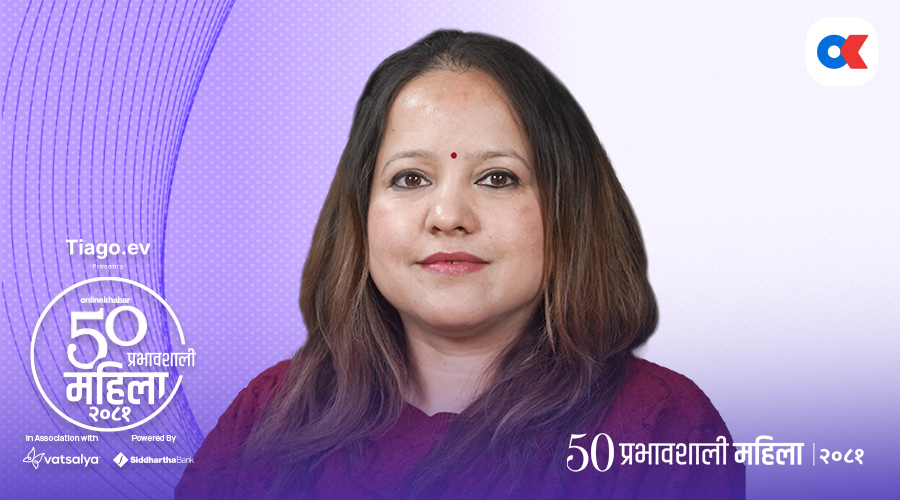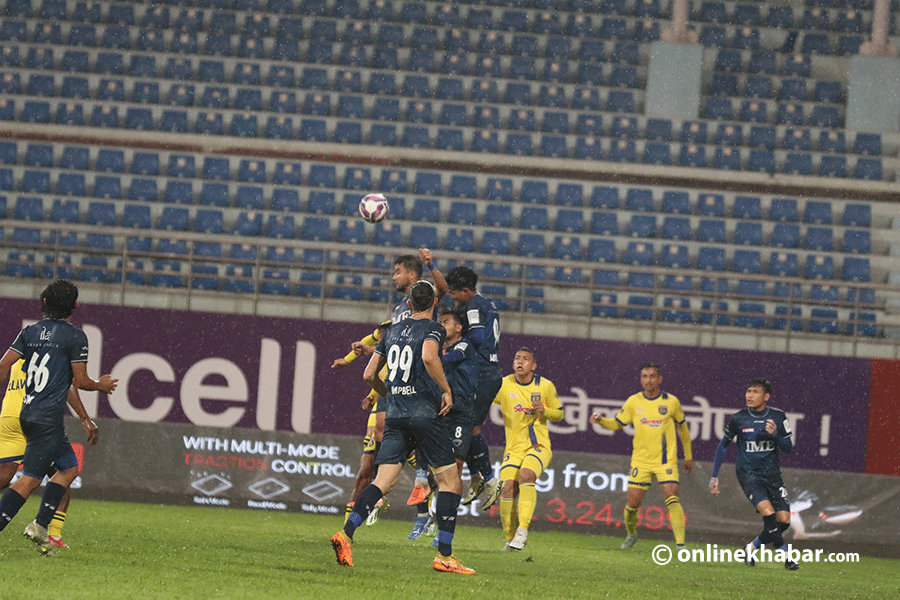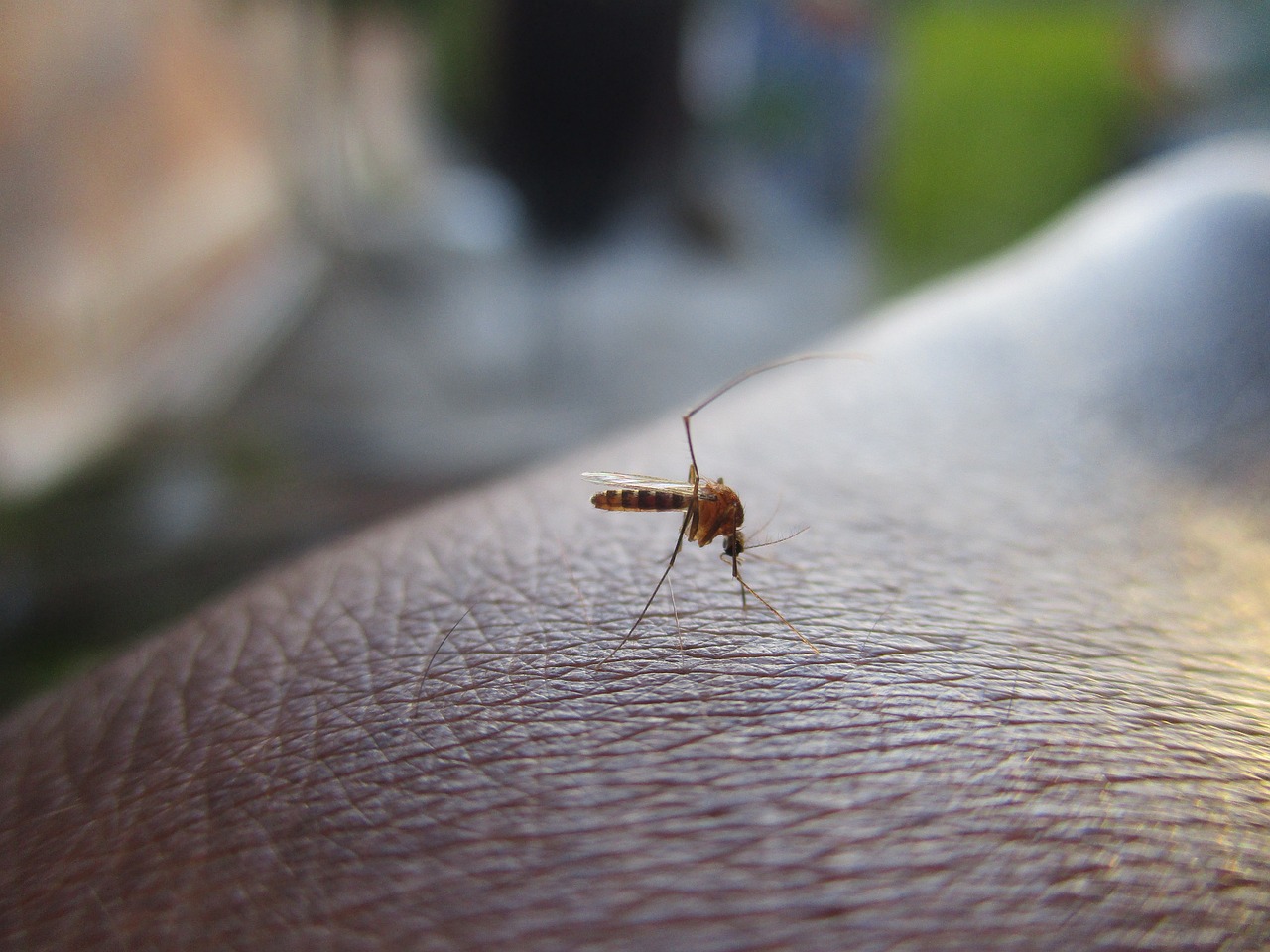
Dengue is a viral infection that spreads from mosquitoes to people. It is more common in tropical and subtropical climates, where the primary vector, Aedes aegypti mosquito, thrives. Dengue can cause a range of symptoms, from mild fever and headache to severe bleeding and shock. There is no specific treatment for dengue, and prevention depends on reducing mosquito breeding and avoiding mosquito bites.
Nepal is one of the countries where dengue is endemic, meaning it occurs regularly. According to the World Health Organization (WHO), Nepal has reported over 42,000 confirmed cases and 51 confirmed deaths due to dengue this year, affecting all seven provinces and 77 districts. This is the largest dengue outbreak in Nepal’s history, surpassing the previous record of 18,000 cases and six deaths in 2019.
Reason for Nepal facing dengue
One of the reasons why Nepal faces such a large number of dengue cases each year is the presence of all four serotypes of the dengue virus (DENV-1, DENV-2, DENV-3, DENV-4) in the country. Infection with one serotype provides long-term immunity to the same serotype, but not to the others. Therefore, people can get infected by dengue up to four times in their lifetime.
Moreover, sequential infections increase the risk of developing severe dengue. Severe dengue is a life-threatening complication that occurs when the immune system overreacts to the second or subsequent infection by a different serotype.
This phenomenon, known as antibody-dependent enhancement (ADE), occurs when a person who has had dengue before is infected with a different dengue virus serotype. ADE can lead to more severe forms of the disease, such as dengue hemorrhagic fever (DHF) and dengue shock syndrome (DSS).

Immune response against pathogens involves cells and proteins of the immune system. During early infection, the immune response is nonspecific. That is called innate immunity. Within a few days, adaptive immunity takes over, which is specific to invading pathogens. Adaptive immune responses antibodies.
The major goal of an antibody is to bind with a pathogen and neutralise it. But in the second infection of dengue by different serotypes than the previous, antibodies do not prevent cell entry of pathogens but rather increase the ability of the virus to enter cells and cause worsening disease through a mechanism called ADE.
This leads to increased vascular permeability, leakage of plasma, bleeding, organ failure and shock. Severe dengue usually manifests after the fever subsides, and requires immediate medical attention and hospitalisation.
Another factor that contributes to the high incidence of dengue in Nepal is the lack of awareness and knowledge about the disease among the public and health workers. Many people do not recognise the symptoms of dengue and delay seeking care. Some also use non-steroidal anti-inflammatory drugs (NSAIDs) such as ibuprofen and aspirin to relieve pain and fever, which can worsen the bleeding tendency in dengue patients. Therefore, it is important to educate people about the signs and symptoms of dengue and advise them to use paracetamol instead of NSAIDs.
Symptoms of dengue
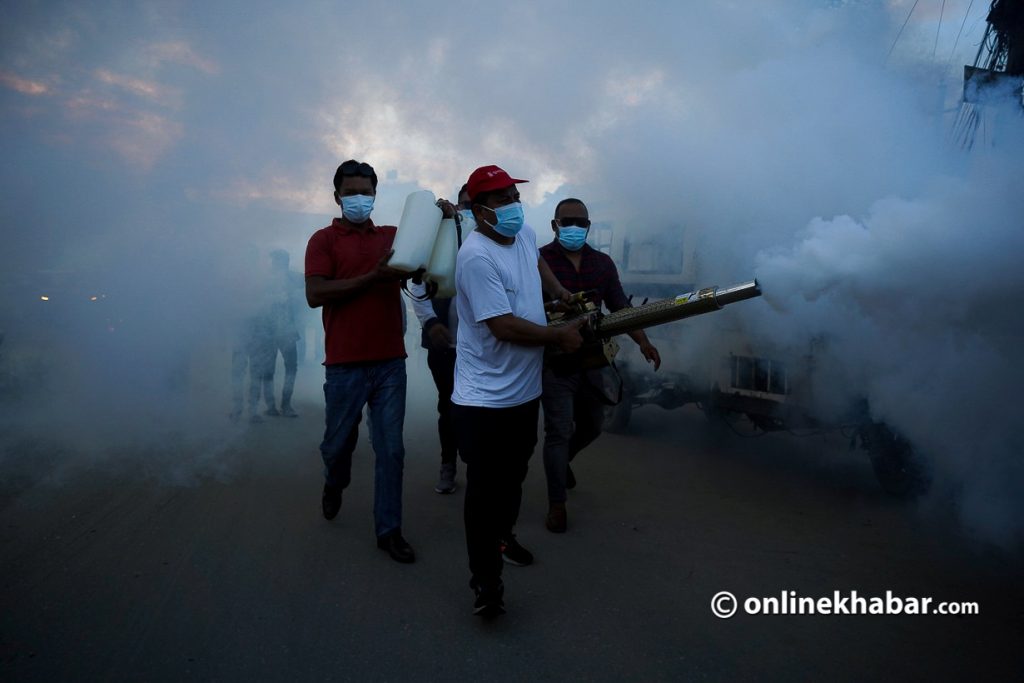
Dengue cases tend to surge during the rainy season (June-September) when the mosquito population increases due to stagnant water and poor sanitation. However, this year, Nepal has also witnessed a spike in dengue cases in October, especially in Kathmandu valley. This may be due to several reasons, such as climate change, urbanisation, migration, and inadequate vector control measures. The cooler temperature in Kathmandu may also prolong the incubation period of the virus in the mosquitoes, making them more infectious.
The common symptoms of dengue include high fever (40°C/104°F), severe headache, pain behind the eyes, muscle and joint pains, nausea, vomiting, swollen glands and rash. These symptoms usually appear 4-10 days after being bitten by an infected mosquito and last for 2-7 days. Some people may have no symptoms or mild symptoms that can be mistaken for other illnesses. The warning signs of severe dengue include severe abdominal pain, persistent vomiting, rapid breathing, bleeding from gums or nose, blood in urine or stool, fatigue, restlessness and difficulty in consciousness. These signs usually occur after the fever goes away.
The diagnosis of dengue is based on clinical symptoms and laboratory tests. The most commonly used test is the NS1 antigen test or IgM antibody test which can detect the presence of the virus or its antibodies in blood samples. These tests are available at most health facilities in Nepal. Polymerase chain reaction (PCR) test can also be used to identify the serotype of the virus.
The prevention of dengue depends on reducing the exposure to mosquitoes and eliminating their breeding sites. Some of the preventive measures that people can take are:
- Use insect repellents on skin and clothing
- Wear long-sleeved shirts and pants
- Use mosquito nets or screens on windows and doors
- Cover water containers and dispose of trash properly
- Clean gutters and drains regularly
- Participate in community-based vector control campaigns
There is also a vaccine for dengue called Dengvaxia that has been approved by WHO for people who have had dengue at least once and live in areas where dengue is common. However, this vaccine is not yet available in Nepal.
Dengue is a serious public health problem in Nepal that requires a coordinated and comprehensive response from all stakeholders. The government should strengthen the surveillance, diagnosis, treatment and reporting of dengue cases, and allocate adequate resources for vector control and outbreak management.
The health workers should be trained and equipped to provide quality care for dengue patients and refer them to higher-level facilities if needed. The public should be aware of the risks and symptoms of dengue, and seek timely medical attention if they suspect they have dengue. Together, we can prevent and control dengue in Nepal and save lives.






